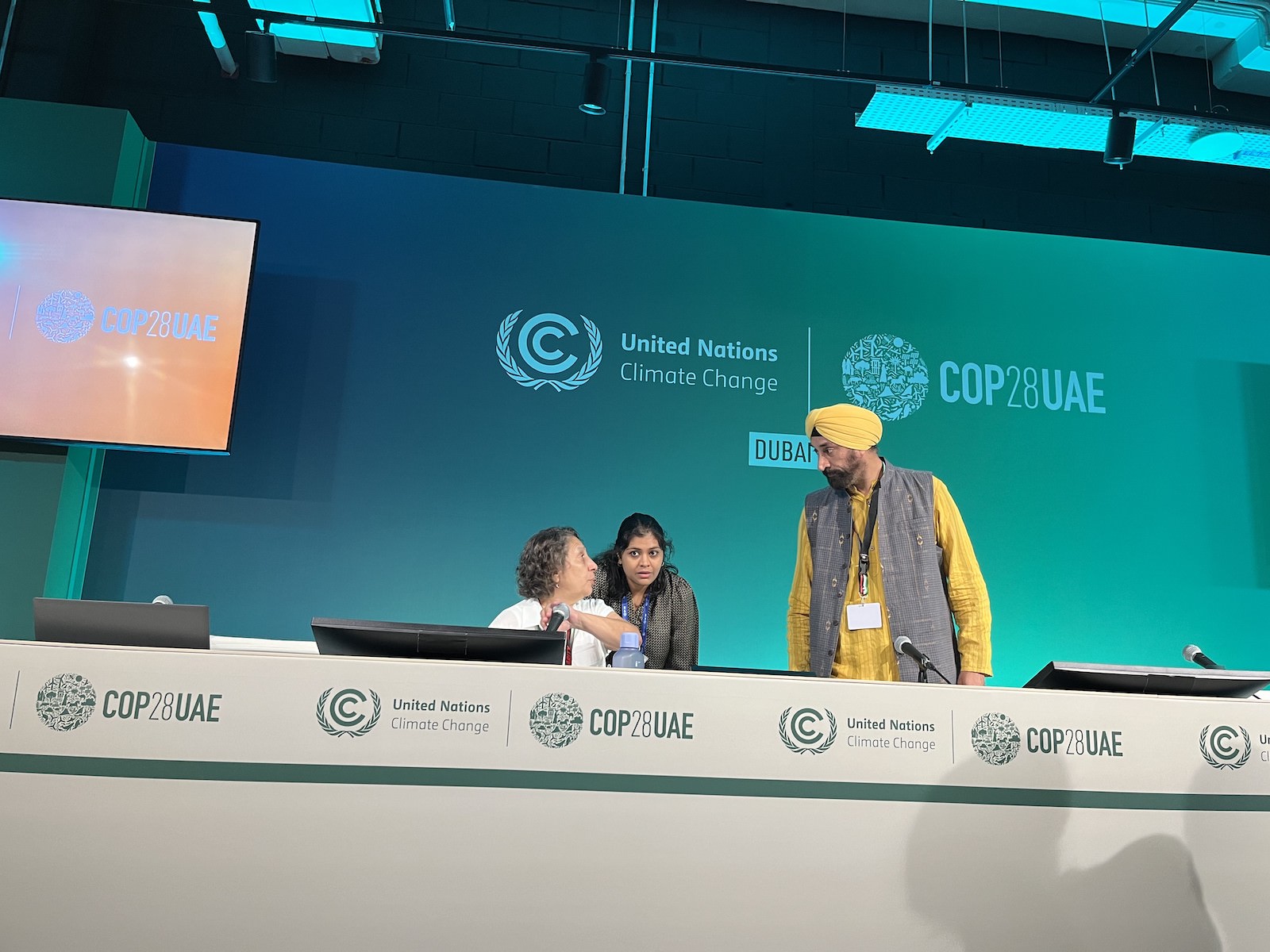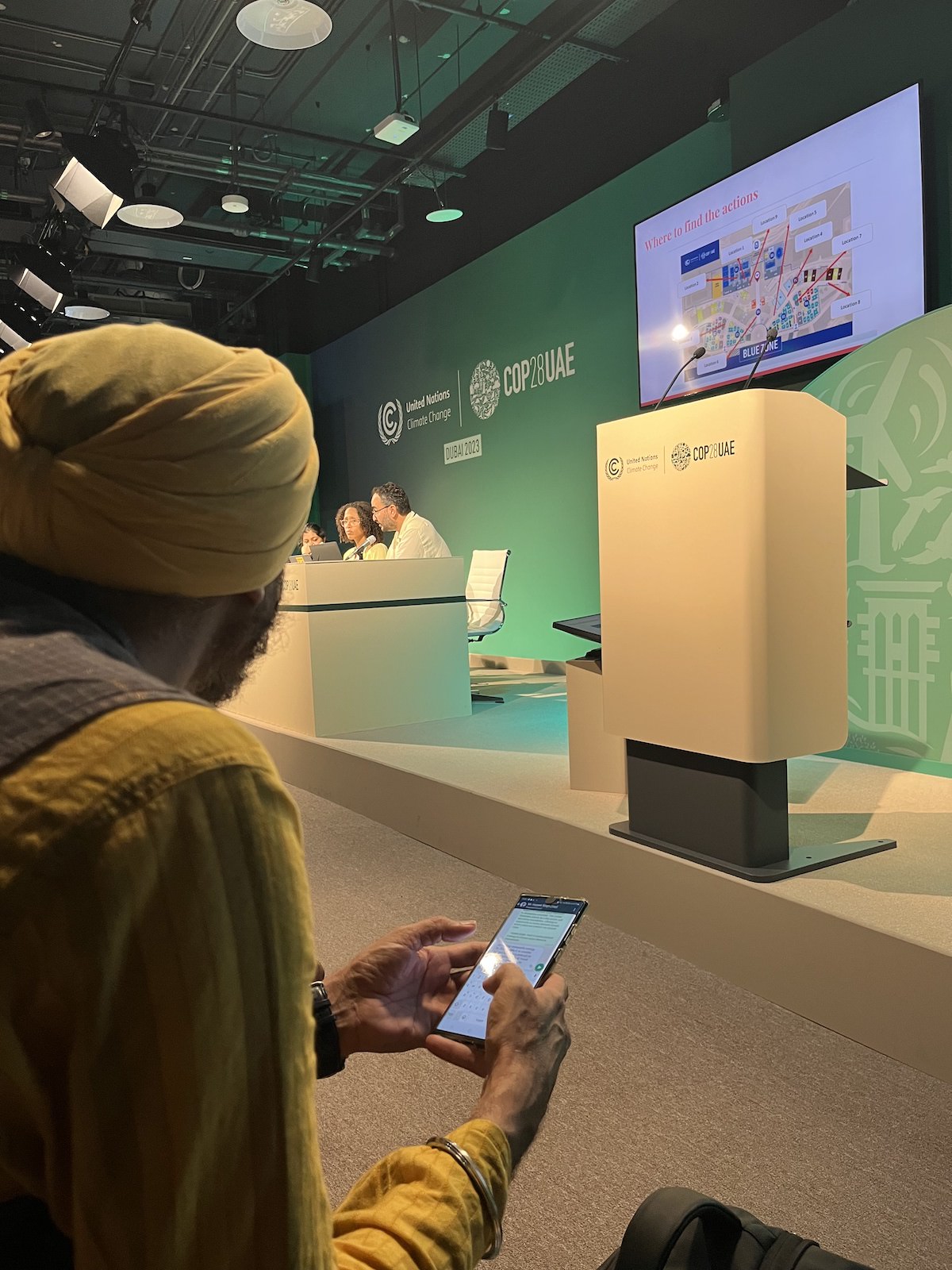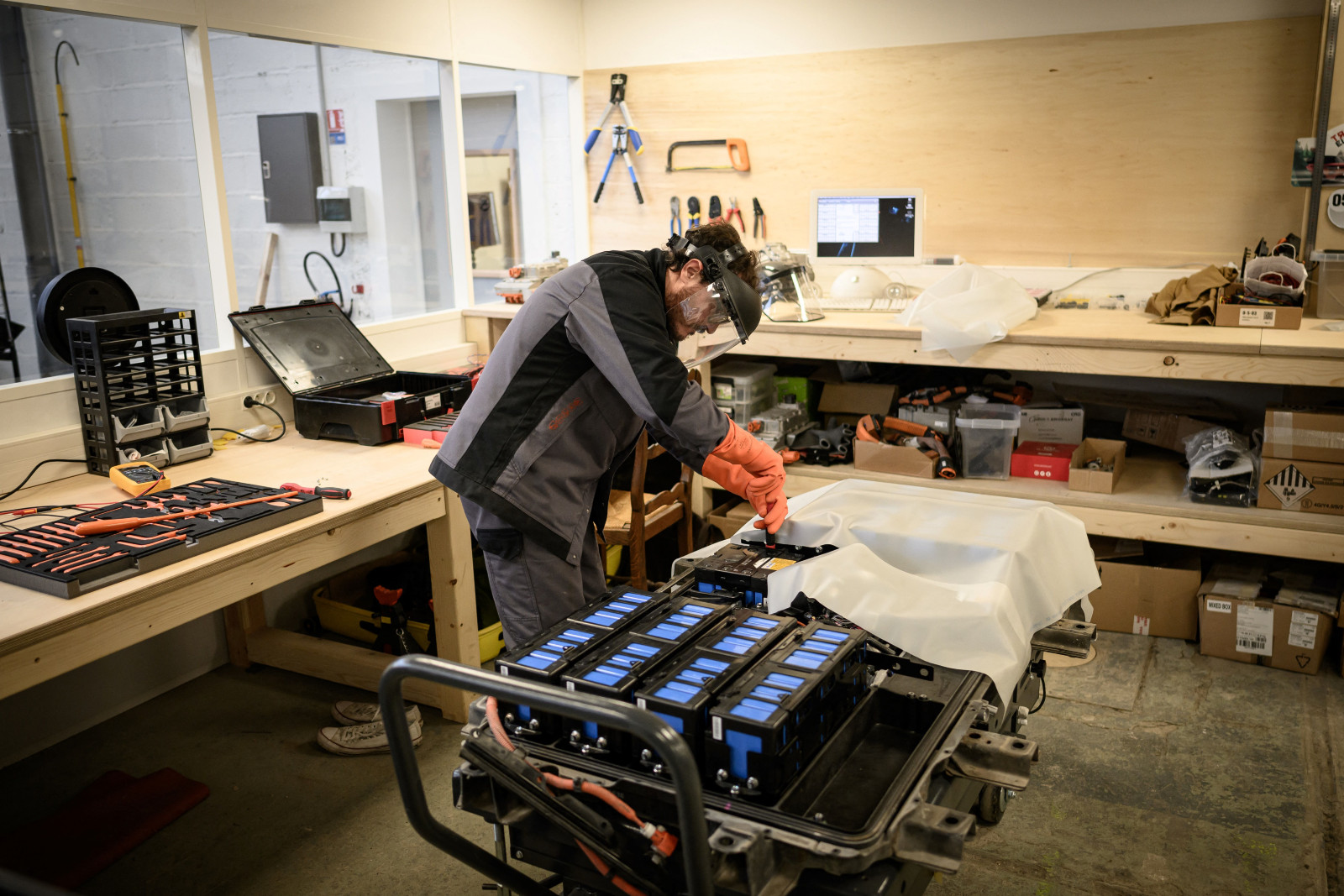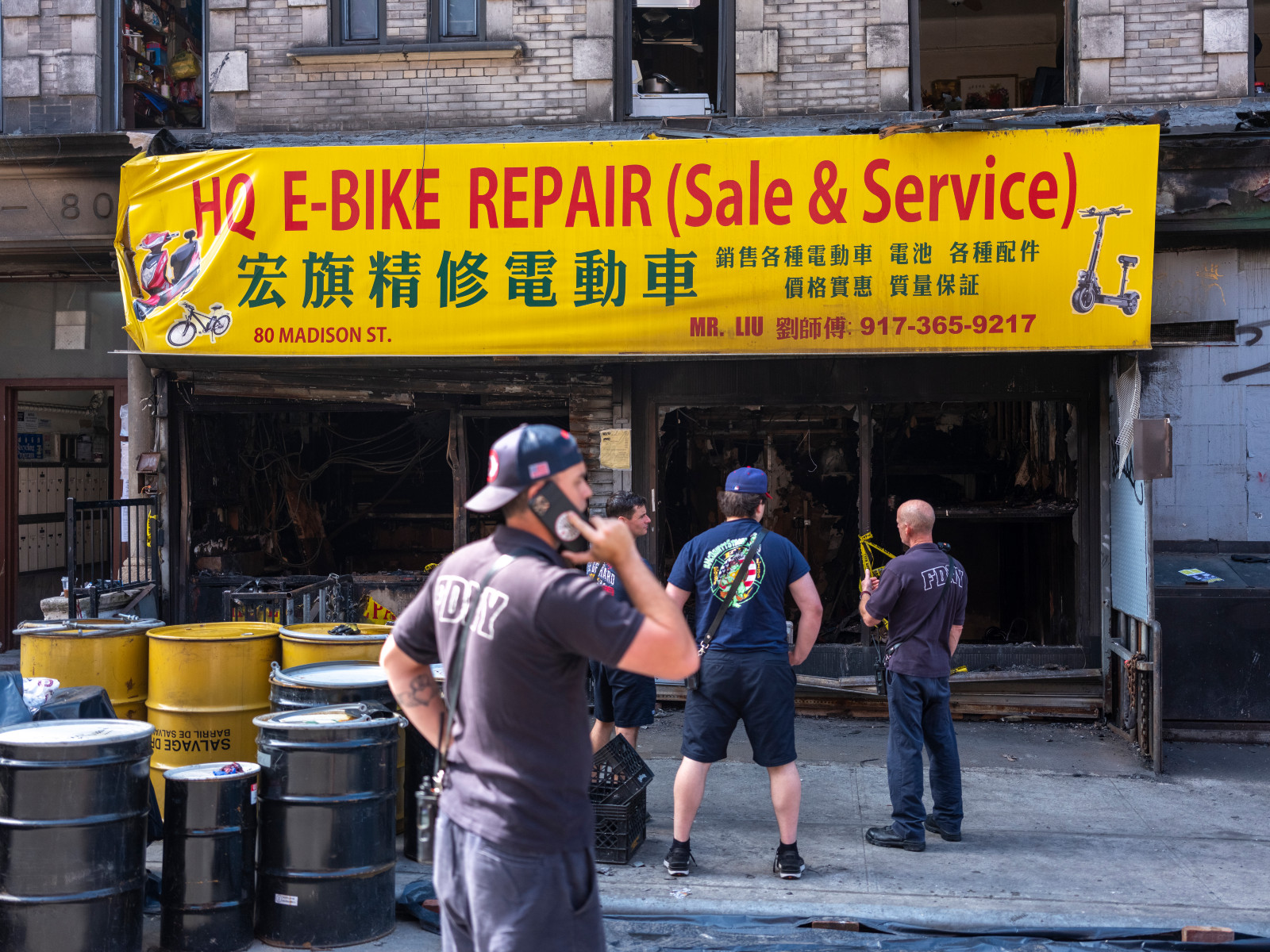
Quick Key Facts
- Tropical forests make up six percent of Earth’s land surface area, but are home to a stunning array of biodiversity.
- More than 50 percent of land-based plant and animal species on Earth can be found in tropical rainforests.
- Brazil is home to about a third of the planet’s remaining tropical rainforests, including two-thirds of the Amazon rainforest.
- Tropical forests store about a quarter of the world’s terrestrial carbon.
- Twenty-five percent of modern medicines are derived from plants found in tropical rainforests.
- According to a 2023 study, humans have already caused the degradation of more than a third of the Amazon rainforest.
- This year alone, 11.8 million acres have been destroyed by wildfires in the Brazilian Amazon.
What Are ‘Tropical Forests’?
Tropical forests are rich ecosystems located in tropical zones surrounding the equator. They have a dense upper canopy of broad-leafed trees and an astonishingly diverse array of animal and plant life.
These forests pack an enormous amount of biodiversity into the six percent of the planet’s land surface they occupy. In fact, 50 percent of known plant and animal species on Earth can be found in their wondrous depths, including ancient trees, fungi, two-thirds of all flowering plants, millions of insects, more than a thousand bird species and hundreds of mammal species.
Why Are Tropical Forests Important?
Tropical forests are essential habitats for many species, as well as sources of food, medicine and livelihoods for many humans. They also play a critical part in the planet’s water cycle and are crucial carbon sinks, storing about a quarter of all terrestrial carbon on Earth.
Types of Tropical Forests
Wet Tropical Forests
Wet tropical forests are of two types: moist forests, which include montane/cloud forests and monsoon forests, and equatorial evergreen rainforests.
Equatorial Evergreen Rainforests

Equatorial rainforests are frequently considered “real rainforests.” They get more than 80 inches of rain equally spread throughout the year and have a thick canopy of vegetation, as well as the most biodiversity. These rainforests make up about two thirds of the tropical wet forests on the planet.
Equatorial rainforests experience little variation throughout the seasons, and daytime sunlight is consistent all year long. They are most abundant in the Congo Basin, Amazonia, Indonesia and Papua New Guinea.
Tropical Moist Forests
Tropical moist forests are farther from the equator, and the amount of sunlight in a day and rainfall vary by season. They get 50 inches of rain per year and experience a dry season marked by cooler temperatures. The forest canopy thins out during the dry season as trees shed their leaves, allowing more sunlight onto the forest floor, which leads to the growth of “understory” vegetation.
Moist forests are prevalent in the Caribbean, South America, West Africa, Southeast Asia — primarily Burma, Vietnam and Thailand — and Sri Lanka in South Asia.
Monsoon Forests

Monsoon forests, known as “mixed forests,” make up part of the tropical forests in southeast and southern Asia. They experience a three- to five-month dry period when many deciduous tree species lose their leaves. Sunlight is thus able to reach the understory where rich vegetation grows.
Montane / Cloud Forests

Tropical montane cloud forests have continuous cloud cover or fog at ground level that provides the tree canopy and vegetation on the forest floor with a regular source of water that condenses on the surface.
These distinctive tropical ecosystems can be found in the mountains of Africa, Asia, America and Oceania between altitudes of about 2,625 to 11,483 feet.
Where Are Tropical Forests Found?
Tropical forests are found in the regions right around the equator, between the Tropic of Capricorn and the Tropic of Cancer, where the climate is relatively stable and warm year-round.
The nations with the most tropical forest area are Brazil, the Democratic Republic of the Congo, Indonesia, Peru and Columbia, in that order.
Cameroon, the Central African Republic, Bolivia, Ecuador, Guyana, Gabon, the Republic of Congo, Malaysia, Laos, Myanmar, Papua New Guinea, India, Suriname, Venezuela and Mexico also have vast areas of rainforest.
The largest rainforests on Earth are the Amazon rainforest in South America; the Congo rainforest in Africa; the Australasia rainforest, located in New Guinea, Papua New Guinea and Australia; the Sundaland rainforest in Southeast Asia; the Indo-Burma rainforest, also found in Southeast Asia; the Mesoamerica rainforest in North and Central America; the Wallacea rainforest, located on a group of islands between continental Asia and Australia; the West Africa rainforest; and the Atlantic and Chocó rainforests of South America.
Benefits of Tropical Forests
Rainforests are important to the health of our planet in a multitude of ways, including as habitat for many species of plants, animals and fungi, and for climate regulation, carbon sequestration and the maintenance of the world’s water cycle through evapotranspiration.
Habitat

More than 30 million animal and plant species — many of them threatened and endangered — call tropical forests home, in addition to an unknown number that have never been documented.
Mountain gorillas, jaguars, leopards, brown-throated three-toed sloths, okapis, capybaras and scarlet macaws are just some of the spectacular species that grace the forest floor, shrub layer and trees of the rainforest. Examples of species that might make you want to head in the other direction include the green anaconda, electric eel, bullet ant and poison dart frog. Preserving the habitats of the incredible plant and animal diversity found in tropical forests also means preserving these irreplaceable species.
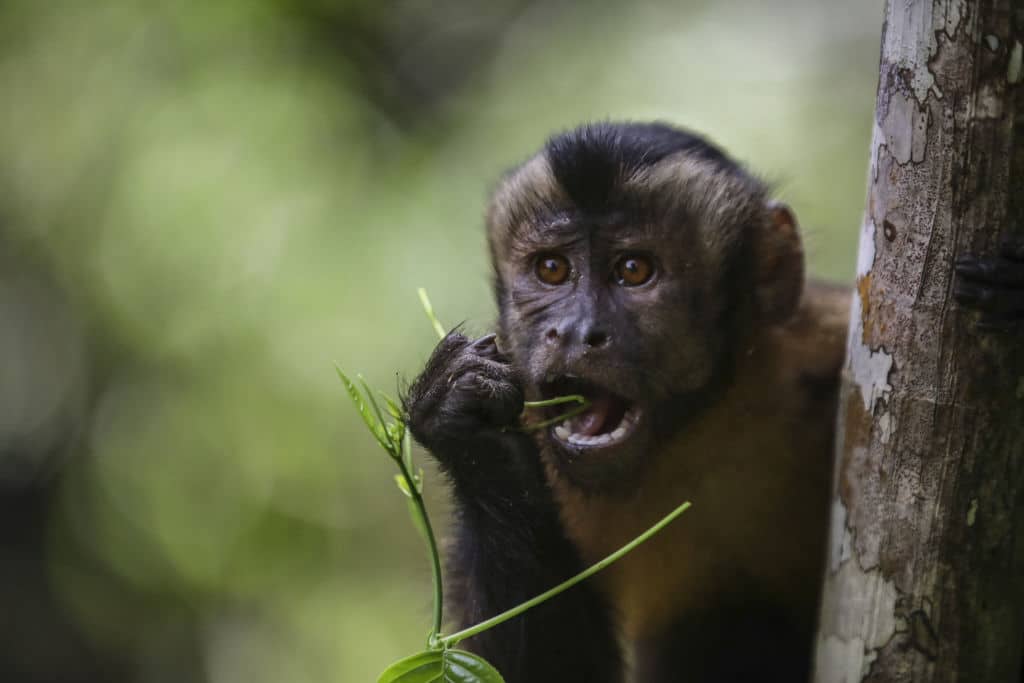
Many songbird species travel thousands of miles to spend the winters in tropical forests, such as wood thrushes, the blue grosbeak and the yellow warbler.
Ancestral Territory of Indigenous Peoples
For millennia, Indigenous Peoples have been living with the rainforest and relying on it for shelter, food and medicine without overtaxing its abundance. It wasn’t until humans started stripping the balanced yet sensitive ecosystem with livestock grazing, monocrop agriculture like soybeans and palm oil, deforestation, poaching and oil extraction that the lungs of our planet began to falter.
Climate Regulation
Rainforests are a consistently moist environment thought to store more than half of the rainwater on Earth. Their abundant trees form clouds and mists by extracting water from the floor of the forest and releasing it into the atmosphere. This remarkable process recycles a huge amount of water that feeds the planet’s lakes and rivers and is used to irrigate crops.
Plants perform transpiration, the process by which water moves through a plant and evaporates from its stems, leaves and flowers. Evapotranspiration is the combination of evaporation and transpiration — water is transferred into the atmosphere when it evaporates from soil and other surfaces and through the process of transpiration by plants.
Prevention of Soil Erosion
Rainforest soils are actually nutrient-poor due to the fact that nutrients are stored in the abundant plants and trees. The thick canopy keeps heavy rains from oversaturating soils while tree roots prevent erosion by binding them together.
One of the reasons deforestation is so bad for the planet is because removing a tree means removing the nutrients and carbon it is made of along with it. This leaves topsoil bare and unanchored, meaning it and its nutrients are susceptible to being washed away when it rains, which can also lead to flooding of lowland rivers and cause blockages, while upland rivers stay dry.
Medicinal Plants

For thousands of years, Indigenous Peoples have used medicinal plants from tropical forests to soothe and cure ailments. A remarkable quarter of modern medicines are derived from the more than 200,000 plant species found there. However, these just scratch the surface of the possibilities, as we have discovered the medicinal uses of only one percent of the plants found in this natural healing pharmacy.
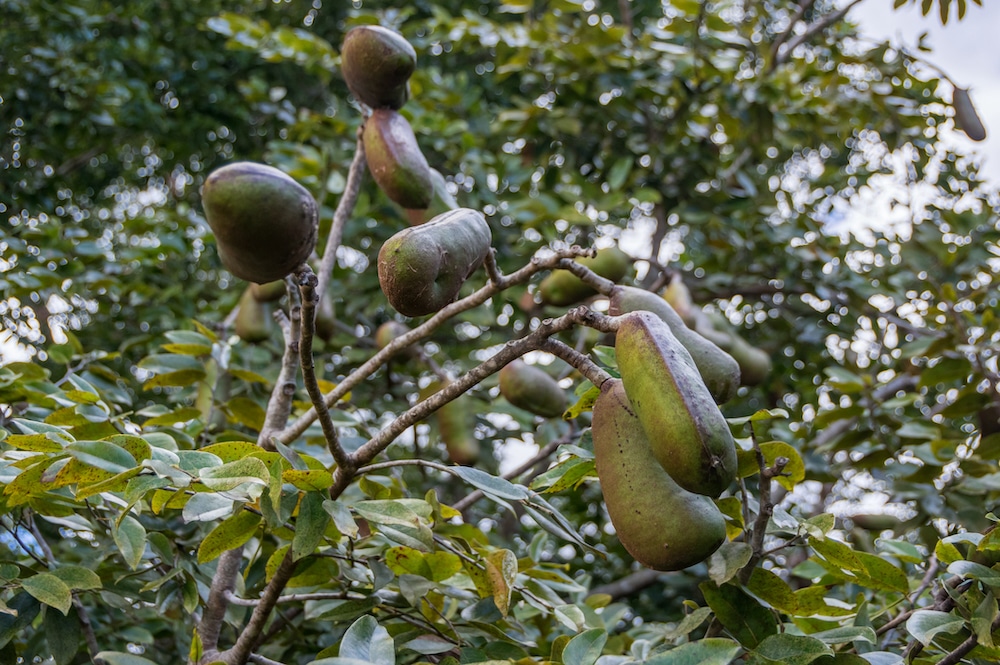
Challenges Facing Tropical Forests
Forest Clearing for Agriculture & Wildfires

One of the biggest threats to tropical forests is clearing for unsustainable agriculture and cattle ranching. This destroys trees, habitats and biodiversity in one fell swoop, leaving a wasteland where there was once a balanced ecosystem teeming with life.
Stripping the natural, fertile landscape to make way for what is often monocrop farming — most commonly soybeans and palm oil — leaves the environment more prone to wildfires with the potential to spread quickly.
Since the beginning of 2023, 11.8 million acres have been decimated by fires in the Brazilian Amazon. These fires were primarily caused by industrial agriculture and ranching.
Logging for Timber

Another contributor to the destruction of tropical forests is logging for wood to make flooring and furniture and for use in construction. To harvest the trees, roads are built to access remote areas of forest, further contributing to the degradation of the ecosystem. Logging workers hunt “bushmeat” like deer and endangered species such as gorillas and chimpanzees.
According to research, species numbers in logged areas of the rainforest are much lower than those in what is known as “primary” forest, which has remained untouched.
Traditionally, the harvesting of wood by local communities for building and firewood did not strip the ecosystem in permanently damaging ways, but populations have grown to the point that this practice has become unsustainable.
Oil Extraction
Oil extraction is one of the most damaging activities affecting tropical forests. In order to access areas with natural gas, oil companies cut through the forest to make roads. Workers come in to occupy the area temporarily, employing slash-and-burn agriculture and harming forests through hunting, introducing domestic animals and using trees for firewood. As they drill, oil companies burn natural gas flares, increasing the risk of fires and polluting the air.
The process of extracting oil means the risk of oil spills and toxic byproducts that are sometimes dumped into local waterways. Toxic chemicals stored in waste pits can also pollute streams, rivers and the surrounding land that can include swamps and flooded forests, floating meadows, sandbars and oxbow lakes.
Indigenous Tribes and other local communities have shouldered much of the displacement and pollution caused by oil extraction while not seeing much benefit. This can lead to conflict between Tribal and community members and oil companies.
Drought
The Amazon is the largest rainforest in the world. So big, in fact, that it makes its own weather. As much as half the rainfall it gets is produced by the moisture recycled by the forest itself. When there is a drought, trees can die in a domino-like effect. According to a 2022 study, for every three trees in the Amazon that die due to drought, a fourth tree will also die, even if it isn’t directly the result of drought.
The sooner humans move away from fossil fuels and stop the global heating that is the main hallmark of the climate crisis, the sooner tropical forests can go back to maintaining their natural balance without having to face threats like oil extraction and drought.
Mining
Illegal mining can cause serious social and ecological effects on the delicate rainforest ecosystem. Mining and deforestation go hand in hand, as trees are cut down to make charcoal for fuel in iron plants. The practice of mining also interferes with water drainage and pollutes rivers, streams and other water sources with run-off — affecting water quality and food supplies for wildlife, as well as Indigenous Peoples and others in the local communities.
Mercury is a toxic byproduct of gold extraction and may contaminate fish and the local populations that rely on them for food. Mercury also pollutes the atmosphere, making its way to locations other than the mining site.
Gold mining has also caused conflicts between Indigenous Peoples and the approximately half a million prospectors mining for gold on their land in the Amazon River Basin.

Dams
Damming rivers to produce hydropower has caused the decline of many fish species, as well as the degradation of wild and scenic rivers, including those in tropical forests.
Dam building takes a huge toll on biodiversity, and biodiversity loss can reduce the tropical forests’ ability to help mitigate and withstand climate change, according to studies.
Damming also traps the silt from a river at the point where it is dammed, which limits the nutrients and sediments that trees and forests rely on. Dams also stop natural flooding from occurring during the rainy season in the Amazon Basin, which prevents natural seed dispersal.
Wildlife Poaching

Poaching is the illegal hunting of wildlife and is one of the biggest threats to tropical forest biodiversity, threatening the survival of many species. International networks traffic in animals around the world to be sold for use in traditional medicine, the pet trade or for parts of animals such as their horns or tusks.
And it isn’t just animals; some timber species are overexploited, and the harvesting of rare flowers for use in cosmetics puts certain plant species at risk.
Overfishing
Around 3,000 species of fish can be found in the rivers and floodplains of the Amazon Basin, the highest biodiversity of freshwater species in the world. The more diverse fish populations are, the more resilient they will be. Fishing is essential for the sustenance of Indigenous Peoples living in the Amazon rainforest, but overfishing is threatening both the diversity and potentially the resiliency of fish populations, which can lead to food insecurity.
Climate Change
As global weather patterns shift and the planet heats up due to climate change, it can influence tropical forests’ ability to help form clouds through evapotranspiration. Fewer clouds mean less rainfall, which can lead to dryer intervals or even drought conditions, leaving the forest more prone to wildfires. Warmer and dryer conditions can also make fire seasons more destructive, putting stress on ecosystems.
What Can We Do to Support Tropical Forests?
As a Society
Humans have a lot to tackle in the immediate future with respect to tropical forests. The time has come for us to decide whether we will drive the cradle of the planet’s biodiversity to the brink of collapse, or turn the tide and stop the destruction.
At the same time that we are transitioning to renewable sources of power and putting a stop to the fossil fuel era as quickly as possible, we must also stop tropical forest destruction and begin to restore what has been degraded.
Governments of countries with tropical forests within their borders must work to stop deforestation, whether it be for agriculture, timber, mining or any other practice. They must also shut down mines, stop building dams and remove existing dams, crack down on wildlife poaching and end overfishing.
In Our Own Lives
There are important actions individuals can take in their everyday lives to help tropical forests. Here are a few ideas:
- Reduce your carbon footprint by taking public transportation, eating less meat and dairy, flying less, avoiding fast fashion and using less energy.
- Cut down or eliminate from your diet foods that are commonly grown on lands that have been razed for agriculture and grazing in tropical forests, such as beef, palm oil and soybeans.
- Choose products made by ecologically responsible manufacturers — look for those certified by the Forest Stewardship Council or similar organizations — or that donate to rainforest causes.
- Shop less and choose products made from recycled materials in order to avoid new materials having to be sourced.
- Support Indigenous Peoples by purchasing fair trade products made by the people themselves. Make sure to support companies owned by Indigenous Peoples or those that source from Indigenous communities without taking advantage of them.

Takeaway
Tropical forests are in many ways the lungs and soul of our planet. They contain an extraordinary number of the plant and animal species on Earth in just six percent of its land surface area. But this magnificent testament to the world’s biodiversity is under threat from agriculture, deforestation, mining, wildlife poaching and climate change.
More than half of the tropical forests on the planet have already been destroyed, and more than a third of the Amazon rainforest has been degraded by humans. The time is now to switch from destruction to rehabilitation. Earth’s tropical forests can’t wait and neither can we.

The post Tropical Forests 101: Everything You Need to Know appeared first on EcoWatch.

